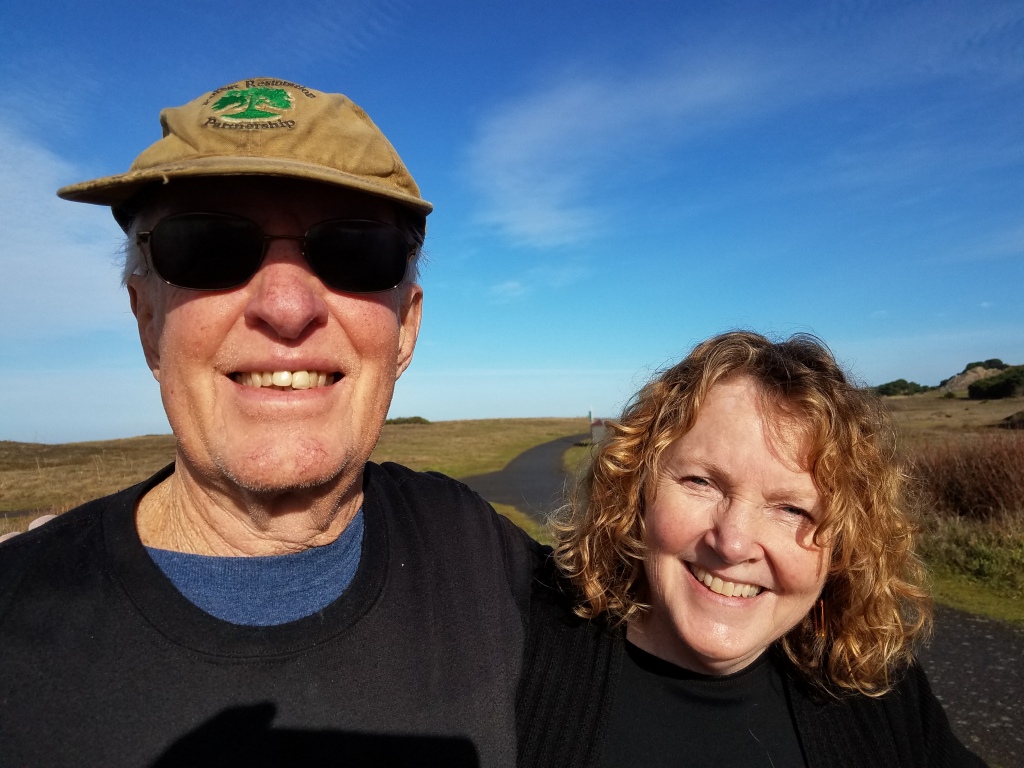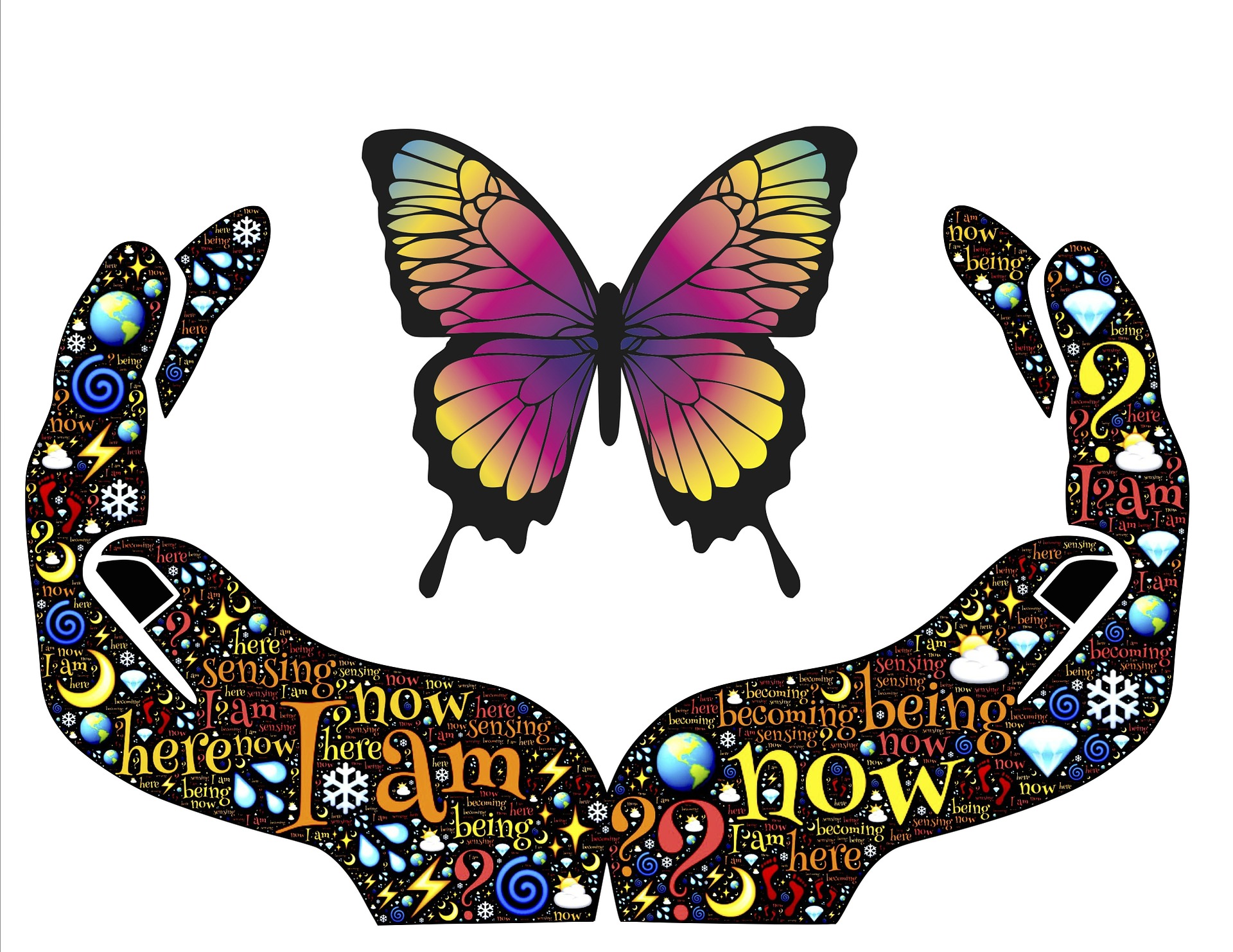As the saying goes, there are two things we can’t avoid: death and taxes. Another less-known and also difficult-to-avoid situation is the cost of dying. While attending a recent webinar on end-of-life care, I listened to the phrase “the death care industry” and was struck anew by the normalizing of our capitalistic practices as dying has been financially incentivized over the years. For me, just knowing that hospice-care organizations are publicly traded on the stock market is rather appalling.
Not wanting to voice an unpopular opinion, I was going to ignore this whole death-business profiting and avoid mentioning the newcomers, like doulas becoming a part of the death industry, natural burials and for-profit hospices. But no, I said to myself, not everyone knows that dying — no matter how you do it — is costing more and more. Perhaps this needs to change?
My past experience
My participation in the business of end-of-life care only spans a couple of decades, while my personal experience with dying has encompassed the past 40 years. From one generation to the next, I have seen the not-so-subtle changes. When I was a young child, my grandparents died in the hospital setting and the nursing home, encased in white gowns and surrounded by disinfected linoleum. My parents died at home; loved ones surrounded the bedside along with local hospice support. My oldest sibling directed his care wishes: leaving the hospital, not returning to the hospital and remaining in his own home to die. My nursing career has spanned not quite four decades beginning in intensive care, where we professionals desperately kept death at bay, through the years of hospice and palliative care, where the team included caring, loving families making the end-of-life journey less terrifying.
A history lesson
Historically, dying has been a natural part of life, and for centuries, people died being cared for by family members. Birthing and dying happened in the home. Enter the 20th century, and hospitals became the place where the majority of dying happened. No longer was birthing and dying a natural part of living, but both became “medicalized” — removed to the halls of medicine where the experts resided. Then, in response to a medical system that didn’t address the multifaceted aspects of dying and an extreme need to do better, the modern-day hospice movement was born. Many dedicated professionals have worked extremely hard to move hospice into mainstream healthcare.
Hospice nursing
Let’s not forget that hospice care is an ancient art of service. Families have served as the caregivers for each other since the beginning of time. In fact, the origin of the word family (Latin, “famulus”) means “servant, slave, household.” Doulas (from the Greek, “a woman who serves”) have been around for centuries, though more recently recognized for their roles in both birthing and end of life. When I began working in hospice over two decades ago, one of the most satisfying aspects of providing end-of-life care was both the recognition and experience of delivering a truly holistic model of care. More than nursing care provided to a patient in a hospital room with limited visitation, it was seeing and meeting the needs of the patient-family unit with all its intricacies. Just as it takes a village to raise a child, it takes a “family village” to navigate the road of illness and dying.
Nurses caring for seriously ill patients are not just technicians who perform nursing tasks. According to the American Nurses Association’s position statement on Nurses’ Roles in Providing Care and Support at the End of Life: “Nursing care includes not only disease management but also attention to physical comfort and the recognition that the patient’s well-being also comprises psychological, interpersonal and spiritual dimensions. Nurses should have the knowledge and skills to manage pain and other distressing symptoms for patients with serious or life-limiting illness, and to work with patients and their families in palliative and end-of-life care decision-making.”
I have often referred to myself as a death midwife, bearing witness to the deaths of many hundreds of patients. A significant part of my own job satisfaction in hospice nursing has been to know my patients in a deep and personal way. A hospice nurse is privy to an intimate view as a person nearing death slowly wanes, witnessing patients with their families and recognizing how every area of their life is touched by dying. For nurses in this setting, it is not just about the nursing task at hand but also being present and helping to modify some of the difficult aspects of the dying process. It is about seeing the whole person and what is most important and needed on this day to ease suffering and bring comfort. It is about helping someone have the best days possible until their life’s journey has ended.
The grown-up hospice business model
Most U.S. hospices have grown out of local volunteerism and a commitment to do better at the end of life. Just like families through the centuries cared for loved ones through illness and dying, communities volunteered to do more for their vulnerable neighbors. As the locally grown hospice agencies became entities, volunteers were replaced by trained professional staff working together to reduce the physical, emotional and spiritual suffering that so often can eclipse the latter days of a life.
The birth of our modern-day hospice occurred in the U.S. during the 1970s and early ’80s, and within a few years, government reimbursement for hospice care added to a nationwide growth of hospice philosophy. Now nearly 70% of all hospice agencies are for-profit across the U.S. As the tiny cell that was volunteer-based hospices around the country has grown, business has flourished.
Some, who have seen hospice grow from its infancy, find hospice more and more difficult to recognize since it has morphed from the early years to the current day. Our medical system specializes in silos. Now a purposeful separation exists between palliative care and hospice care in the U.S. Palliative care as a modality is encouraged to be brought in early in serious illness, not waiting till the late stages of disease or the final days of someone’s life. Some palliative care professionals who advocate for a clear separation have enhanced the division by renaming themselves as “supportive care,” keeping hospice separate to avoid confusing the public about dying (always inevitable, but hushed and waiting in the shadows).
When I studied at Lancaster University in the U.K., I was afforded a clearer view of the hospice/palliative care division in the U.S. and realized how much more of a continuum palliative care and hospice were in the U.K. In the U.S., some palliative care professionals are clear about their position to help navigate our complex medical system for patients with serious illnesses with quality of life as a focus and not the end of life. Surely some of the same arguments exist, such as who “owns” expertise in death and dying, but much of the cost of dying in the U.K. is shared throughout the communities in a less-profitable, more-charitable way.
The cost of medical care in the U.S. is the highest in the world. (In 2019, Medicare reimbursement for hospice coverage alone was over $20 billion.) But that does not guarantee that we provide the best end-of-life care. The hope is that hospice is analogous to dying a good death. After all, the resurgence of hospice concepts developed out of a discerned need to bring comfort and address the total person at the end of life. Our elderly, infirm and dying should be cared for, if not directly by their families, then by a community and a nation that respond to the need. Simply put, a social requirement of a civilized country is caring for the inhabitants who are debilitated and vulnerable. “The greatness of a nation can be judged by how it treats its weakest members.” — attributed to Mahatma Gandhi (and others).
Secondary effects of the cash infusion
As hospice dollars have been divided like a holiday pie, numerous factions have benefitted from the multiplicity created. Hospice agencies pay for additional services like pet therapy, music, massage and death doulas — things volunteers used to do. Hospices require extra staffing and large billing departments to ensure government compliance, and productivity levels must be met to maintain financial stability. There are specialized certifications, thousands of publications from funded research, and numerous conference proceedings. Private companies ensure regulatory compliance. Massive corporate mergers combine hospice and health care entities. Various departments within the government oversee the overseers. Hundreds of pages of government regulations must now be adhered to, and hefty fines are levied against hospice agencies that do not comply. Dying has indeed become big business.
There is much profit to be made.
References
Government spending in the U.K.:
https://spcare.bmj.com/content/8/3/250
https://spcare.bmj.com/content/early/2021/02/11/bmjspcare-2020-002708
Medicare costs for hospice:
https://www.ncbi.nlm.nih.gov/pmc/articles/PMC6610551/
Institute of Medicine. 2015. Dying in America: Improving quality and honoring individual preferences near the end of life. Washington, D.C.: The National Academies Press.
Dying in America report access:
Palliative care:



